1. Net-Zero Energy Homes
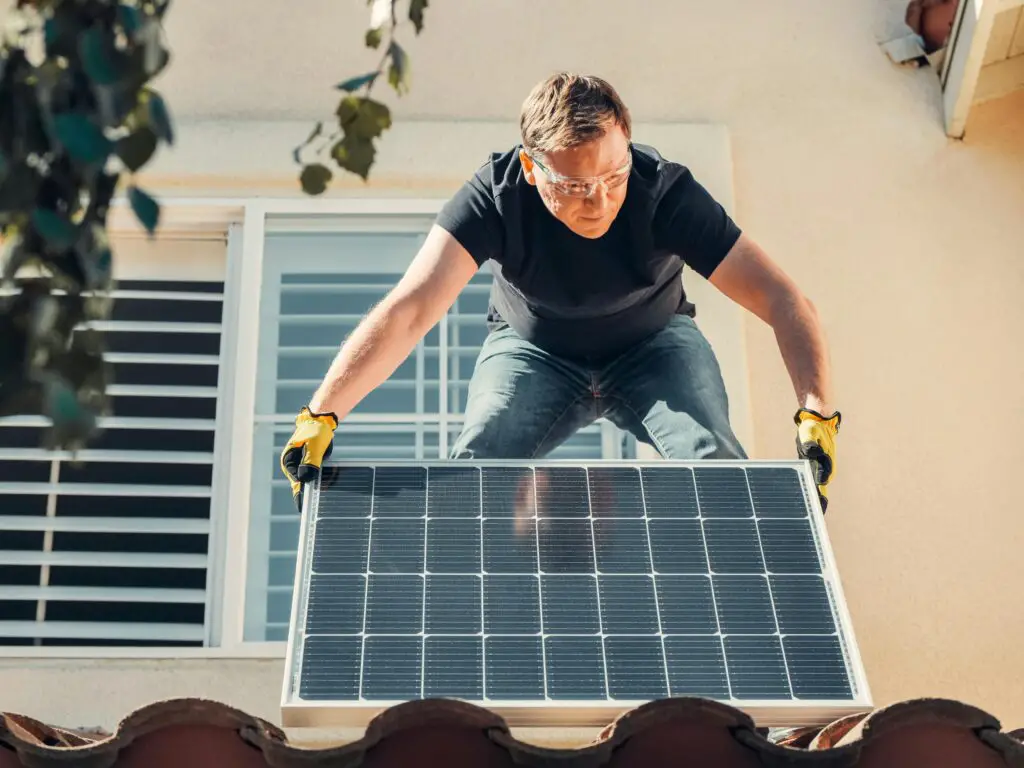
Net-zero energy homes are redefining sustainability in real estate by producing as much energy as they consume. These homes combine advanced insulation, energy-efficient windows, and renewable energy sources like solar panels to achieve energy balance. The result is a drastically reduced carbon footprint and lower utility costs for homeowners.
The demand for net-zero homes is growing rapidly, especially in areas prioritizing green initiatives. According to Energy.gov, these homes often integrate smart energy management systems to optimize energy use further. With increased awareness of climate change, net-zero homes are becoming a top choice for environmentally conscious buyers.
2. Passive Design Principles
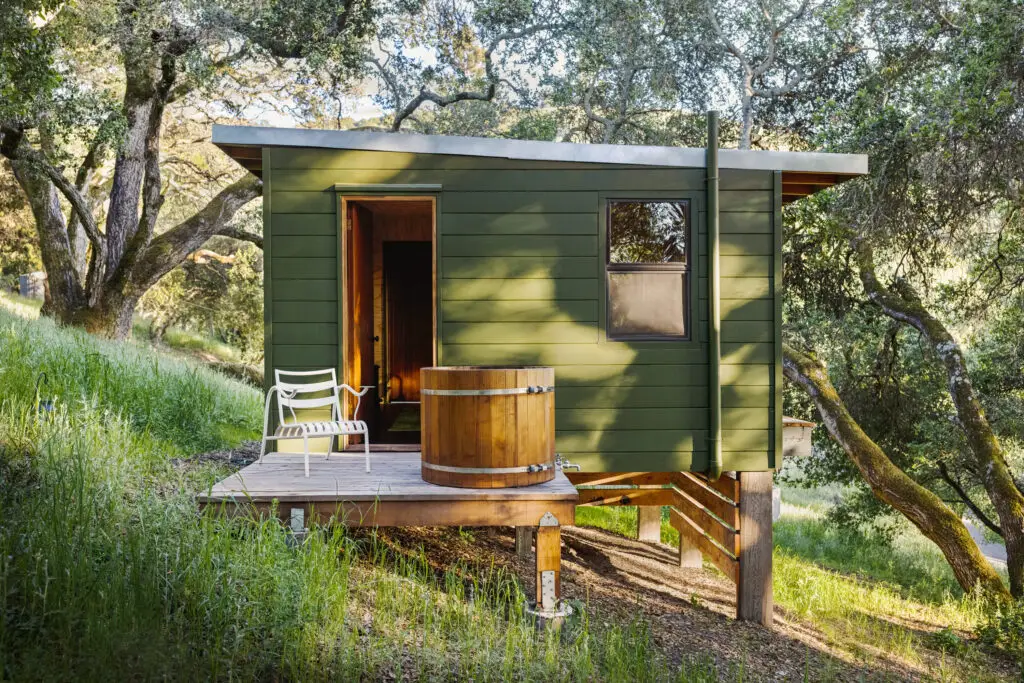
Passive design is all about using architectural techniques to reduce energy consumption naturally. This approach focuses on building orientation, natural ventilation, and thermal mass to maintain comfortable temperatures without relying heavily on mechanical systems. By harnessing natural light and airflow, passive homes minimize energy needs while enhancing comfort.
Builders are increasingly adopting passive design in both residential and commercial projects, especially in regions with extreme weather. The Passive House Institute highlights that these homes can achieve energy savings of up to 90% compared to traditional structures. With lower operational costs and a reduced environmental impact, passive design principles are reshaping how buildings are designed.
3. Mass Timber Construction

Mass timber construction is gaining traction as a sustainable alternative to traditional concrete and steel. This innovative technique uses engineered wood products like cross-laminated timber (CLT) to create strong, lightweight, and renewable building materials. Not only does mass timber construction have a lower carbon footprint, but it also speeds up construction timelines.
With its ability to sequester carbon, mass timber is particularly appealing in the fight against climate change. Cities like Portland and Vancouver are at the forefront of this trend, as noted by Architectural Digest. As sustainable practices become non-negotiable in real estate, mass timber is expected to play a significant role in modern construction.
4. Green Roofs and Vertical Gardens

Green roofs and vertical gardens are transforming buildings into ecosystems that blend seamlessly with their surroundings. These features not only enhance aesthetics but also improve air quality, manage stormwater, and reduce urban heat. By turning unused spaces into functional greenery, they add significant environmental and economic value.
Developers in cities are incorporating these elements into residential and commercial properties to meet sustainability standards. The Urban Land Institute reports that green roofs can extend roof lifespans and improve energy efficiency, making them a win-win for homeowners and the planet.
5. Recycled and Repurposed Materials
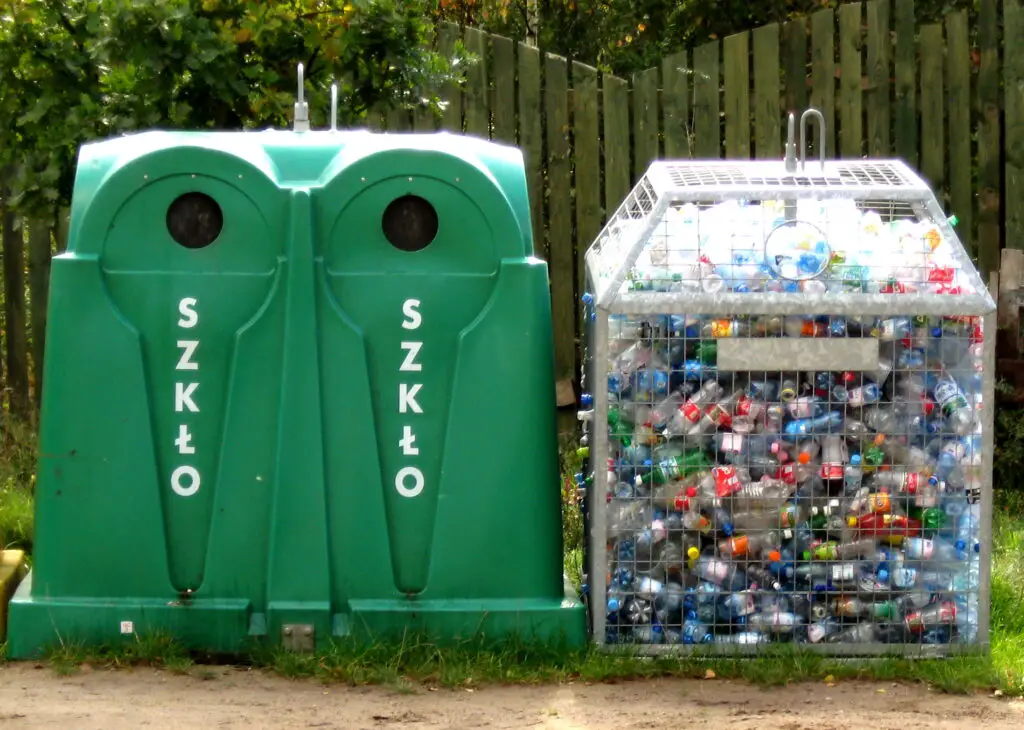
Using recycled materials in construction has become a hallmark of sustainable building practices. Materials like reclaimed wood, recycled metal, and even plastic bottles are being transformed into high-quality building components. This approach not only diverts waste from landfills but also reduces the demand for virgin resources.
Companies are innovating with surprising materials, such as using recycled tires for flooring or ocean plastics for furniture. According to Green Building Council, homes built with recycled materials often have unique character while supporting eco-friendly initiatives. As consumers increasingly value sustainability, these materials are making a major impact.
6. Energy-Efficient Windows
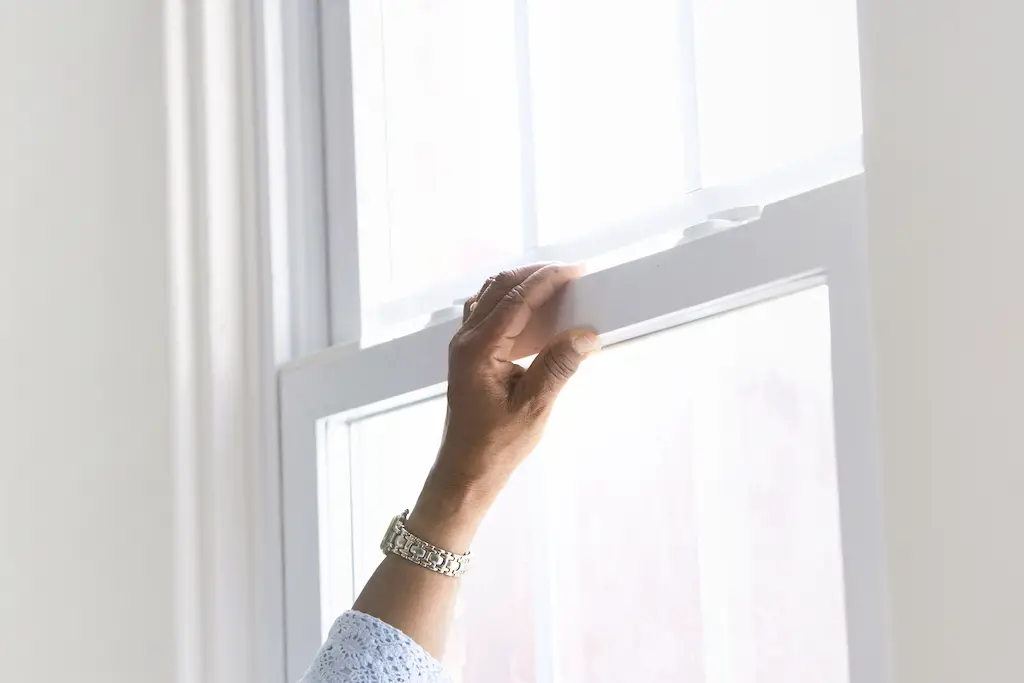
Windows are being revolutionized to enhance energy efficiency and minimize heat loss. Innovations like triple-pane glass, low-emissivity coatings, and smart glass technologies allow homes to maintain indoor comfort with less energy usage. Some windows can even adjust their opacity to regulate sunlight automatically.
These advancements reduce energy bills while increasing overall home value. The National Fenestration Rating Council notes that energy-efficient windows are among the most cost-effective sustainability upgrades for homeowners. Expect these windows to become a standard in sustainable building design.
7. Water Conservation Features
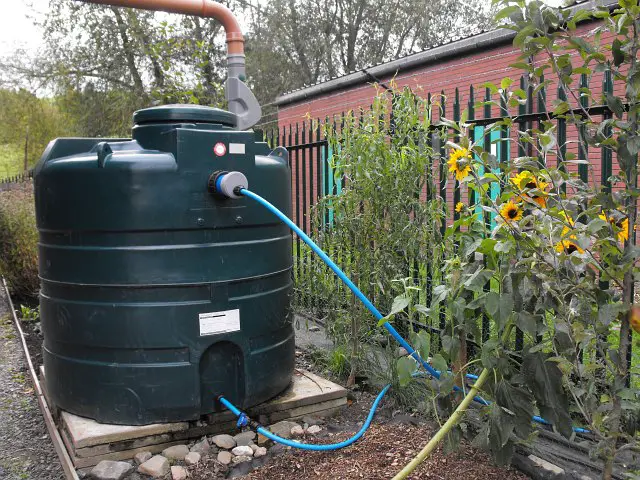
Water conservation is a growing concern, and homes are being equipped with features like rainwater harvesting systems, greywater recycling, and low-flow fixtures. These innovations allow homeowners to use water more efficiently without sacrificing functionality.
Regions facing water scarcity, such as California and Arizona, are leading the adoption of these practices. According to Water Use It Wisely, incorporating water-saving technologies can significantly reduce utility costs and support environmental efforts. These features are becoming essential in the sustainable real estate market.
8. Advanced Insulation Materials
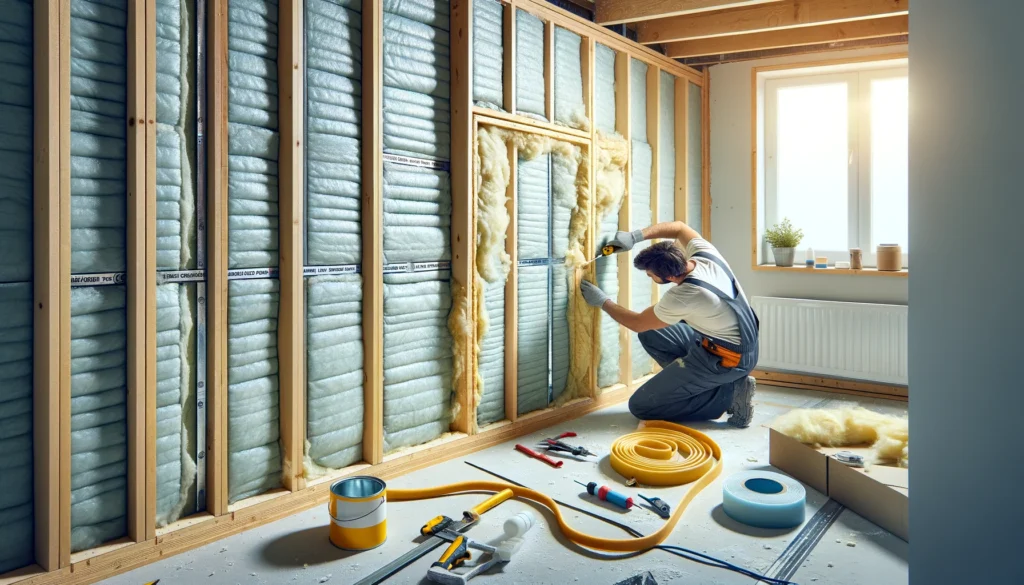
Cutting-edge insulation materials are enhancing energy efficiency and reducing heating and cooling needs. Products like aerogels, sheep’s wool, and hempcrete provide superior thermal performance while being environmentally friendly. These materials help maintain comfortable indoor temperatures with minimal energy use.
Builders are increasingly incorporating these materials into both new constructions and retrofits. As highlighted by BuildingGreen, advanced insulation is an effective way to improve sustainability without compromising aesthetics or functionality.
9. Smart Home Technology for Sustainability
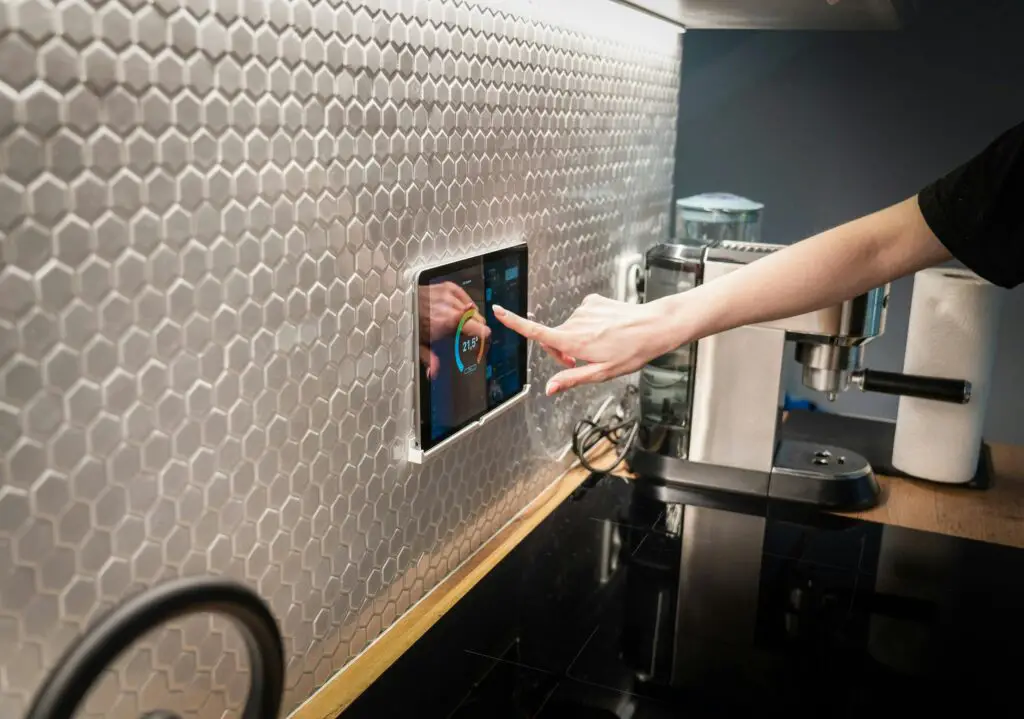
Smart home devices are increasingly being used to optimize energy and resource consumption. Systems like smart thermostats, energy monitors, and water leak detectors help homeowners track and reduce usage in real-time. These technologies contribute to significant savings and align with eco-friendly living.
Brands like Nest and Ecobee are leading the charge, creating user-friendly devices that integrate seamlessly into homes. As noted by TechRadar, these features are no longer luxuries but essential tools for modern sustainable living. Expect smart home sustainability tools to dominate future housing trends.
10. Community Energy Sharing
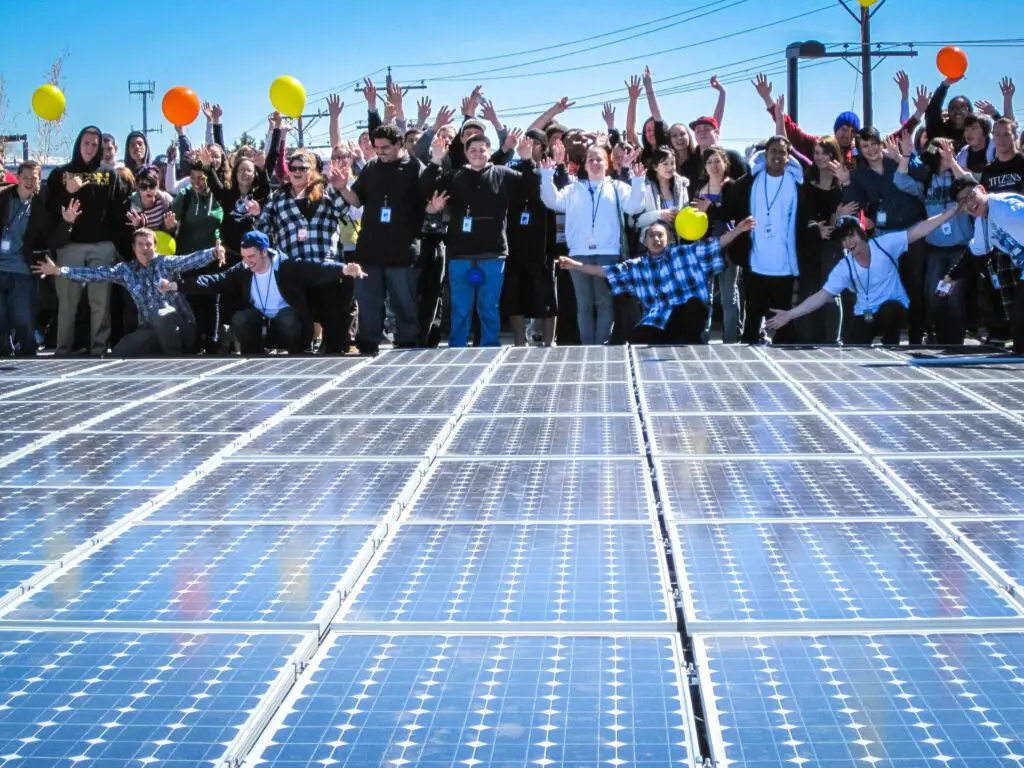
Community energy-sharing models are transforming neighborhoods into collaborative energy networks. In these setups, solar panels or wind turbines power multiple homes, sharing excess energy across a community grid. This approach not only reduces energy costs but also promotes collective sustainability efforts.
Pioneering neighborhoods in the Netherlands and Germany have demonstrated the viability of this concept. According to GreenBiz, energy-sharing communities are set to expand globally as renewable technologies become more accessible. These models are reshaping how people think about energy consumption.
11. Tiny Homes with Big Sustainability

Tiny homes are taking sustainability to new heights by minimizing environmental footprints and maximizing efficiency. These homes often feature renewable materials, off-grid systems, and space-saving designs. They cater to eco-conscious individuals seeking affordability and environmental stewardship.
Communities of tiny homes are sprouting up as alternative housing solutions in both urban and rural areas. As Curbed reports, these compact dwellings are redefining what it means to live sustainably while offering unique architectural creativity.
12. Geothermal Heating and Cooling

Geothermal systems use the Earth’s stable underground temperatures to heat and cool homes efficiently. These systems drastically reduce reliance on fossil fuels and provide consistent comfort year-round. Though the upfront costs are higher, the long-term savings and environmental benefits are undeniable.
Geothermal energy is especially gaining traction in regions with extreme temperature fluctuations. According to Renewable Energy World, these systems can cut energy bills by up to 70%, making them a worthwhile investment for sustainable living.
13. Living Building Challenge Standards

The Living Building Challenge is pushing the boundaries of sustainable architecture. Buildings designed under this standard focus on net-positive energy, water, and waste systems, as well as biophilic design principles. These projects prioritize regenerative practices, ensuring they give back more to the environment than they take.
Examples like Seattle’s Bullitt Center demonstrate the potential of living buildings to revolutionize the industry. The International Living Future Institute reports that interest in this rigorous certification continues to grow, marking it as a trend for the future of real estate.
